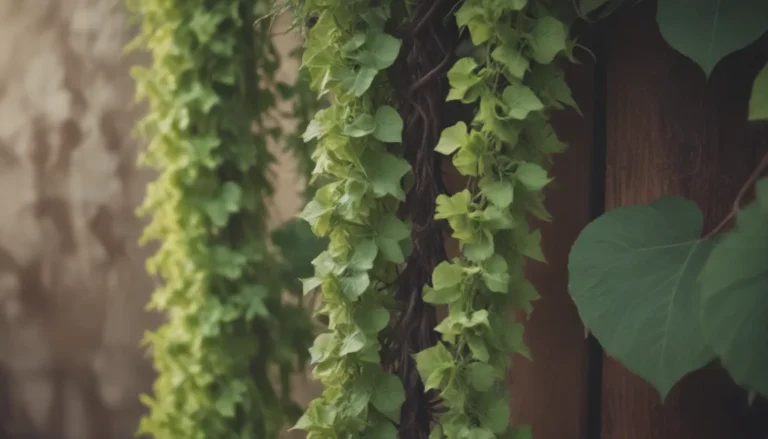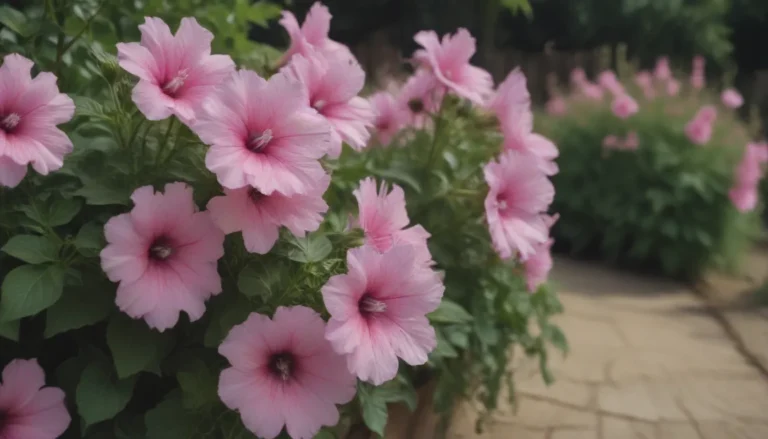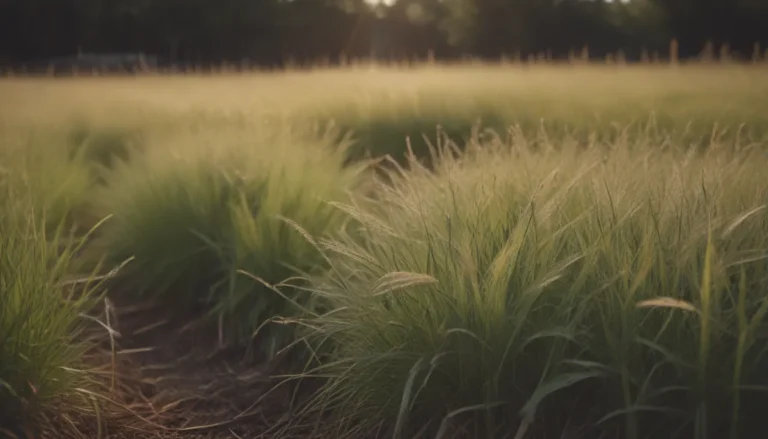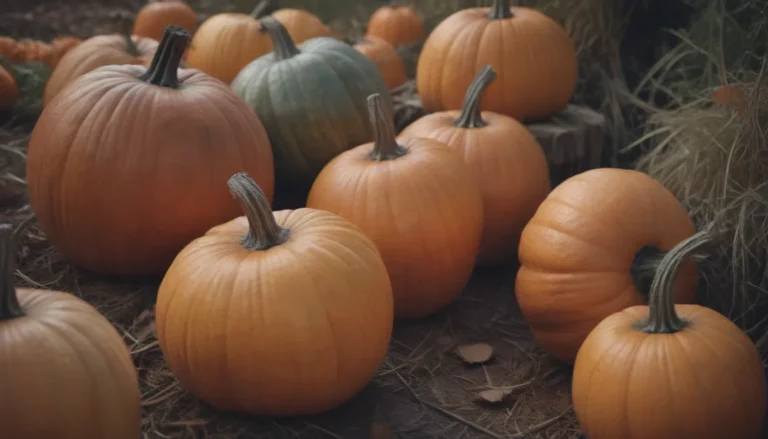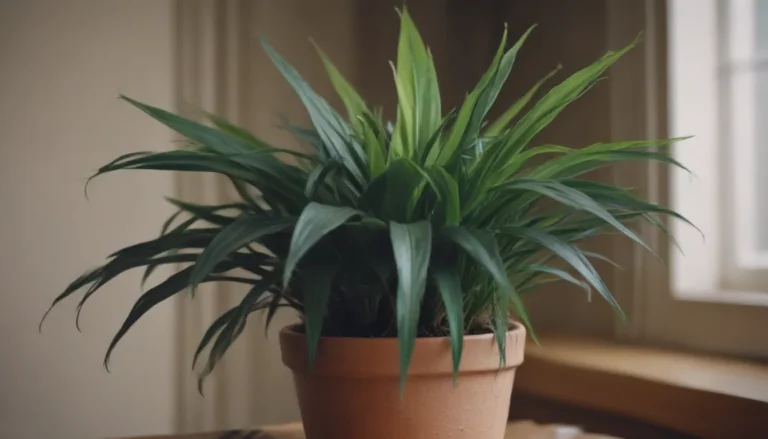Mastering the Art of Watering Plants: A Comprehensive Guide

Welcome to the ultimate guide on how to water your plants effectively! Whether you have houseplants, container plants, vegetable gardens, lawns, or ornamentals, it’s essential to understand their specific watering needs to ensure they thrive. In many cases, overwatering can be just as harmful as underwatering, so knowing how much and how often to water is vital for the health and productivity of your plants.
Why Proper Watering Matters
Before we dive into the essential tips for watering your plants, let’s understand why proper watering is crucial for plant health. Water is essential for plants to carry out vital functions like photosynthesis, nutrient absorption, and growth. Without an adequate water supply, plants can wilt, become stunted, or even die. On the other hand, overwatering can lead to root rot, fungal diseases, and nutrient deficiencies.
By following these 20 essential tips for watering plants, you’ll be equipped with the knowledge and skills needed to keep your plants happy and thriving.
Understanding Plant Watering Needs
Different plants have varying water requirements based on factors like their species, size, age, and the local climate. Before establishing a watering routine, it’s essential to research each plant’s specific needs. Plant tags, online resources, and gardening books can provide valuable information on how much and how often to water different types of plants.
Key Factors to Consider:
– Plant species and variety
– Soil type and drainage
– Climate and weather conditions
– Size and age of the plant
Essential Tips for Watering Plants
Now, let’s explore 20 essential tips for watering plants in various settings, from gardens to indoor houseplants.
- Water Thirsty Plants Immediately
-
If a plant appears wilted or stressed, water it promptly to prevent further damage. Ensure the soil isn’t already waterlogged before watering.
-
Check Dry Soil Before Watering
-
Test the soil moisture by inserting your finger about two inches deep. Water only when the soil is dry, as overwatering can be detrimental to many plants.
-
Adapt Watering for Cool-Season Grasses
-
Cool-season grasses may go dormant in hot, dry weather. Newly planted lawns require regular watering to establish roots.
-
Provide Sufficient Water for Vegetable Gardens
-
Water vegetable gardens weekly with at least one inch of water, adjusting based on rainfall and climate conditions.
-
Consider Plant Type and Soil Drainage
-
Tailor your watering schedule based on plant species, soil type, and drainage characteristics. Sandy soil requires more frequent watering than clay soil.
-
Water at the Base of Plants
-
Direct water towards the base of plants to ensure it reaches the root system effectively. Avoid overhead watering to prevent fungal diseases.
-
Water Plants Early in the Morning
-
Morning watering allows plants to absorb water before the sun evaporates it. Avoid watering in the evening to prevent fungal growth.
-
Water Deeply and Infrequently
-
Deep watering encourages root growth and resilience. Ensure water penetrates the soil to reach the roots effectively.
-
Slowly Soak Dry Soil
-
When watering dry soil, start with a low watering volume to prevent runoff. Gradually increase the volume as the soil absorbs water.
-
Prioritize Watering for New Plants
- Newly planted trees, shrubs, and perennials require more frequent watering than established plants during the first year.
-
Water Seeds and Seedlings Regularly
- Seeds and young seedlings need consistent moisture for germination and growth. Water daily, especially in hot, dry conditions.
-
Gentle Watering for Seeds and Seedlings
- Use a fine spray nozzle to water seeds and seedlings gently without disturbing the soil. Ensure uniform moisture distribution for optimal growth.
-
Frequent Watering for Container Plants
- Container plants require more frequent watering, especially in hot weather. Adjust watering based on the container type and sun exposure.
-
Choose Water Sources Wisely
- Use tap, rain, or well water for outdoor plants based on availability. Avoid watering houseplants with softened water due to salt content.
-
Houseplants Watering Tips
- Empty trays under houseplants to prevent waterlogging and root rot. Use tepid water at room temperature for optimal plant health.
-
Mulch for Water Conservation
- Apply mulch around plants to retain moisture, suppress weeds, and regulate soil temperature. Mulching reduces watering frequency and promotes healthy plant growth.
-
Select Low-Water Plants
- Choose native and xeriscape plants that are adapted to your local climate and require minimal watering. Consider plant species with low water needs for sustainable gardening.
Recognizing Signs of Overwatering
While proper watering is essential for plant health, overwatering can have detrimental effects on plants. Look out for signs of overwatering, such as yellowing or browning leaves, leaf drop, and root rot. If you suspect overwatering, allow the plant to dry out completely before resuming a controlled watering regime.
In conclusion, mastering the art of watering plants is a crucial aspect of successful gardening. By understanding your plants’ specific water requirements, adapting watering practices to suit different conditions, and observing signs of overwatering, you can promote healthy growth and vibrant foliage in your garden or indoor plant collection.
Remember, each plant is unique, so take the time to research and experiment with watering routines to find what works best for your green companions. With these 20 essential tips as your guide, you’ll be well-equipped to nurture thriving plants and create a lush, vibrant garden oasis.
Happy gardening and may your plants flourish with the right amount of nourishing water!
Sources:
– PlantTalk Colorado, Colorado State University Extension
– Missouri Botanical Garden
